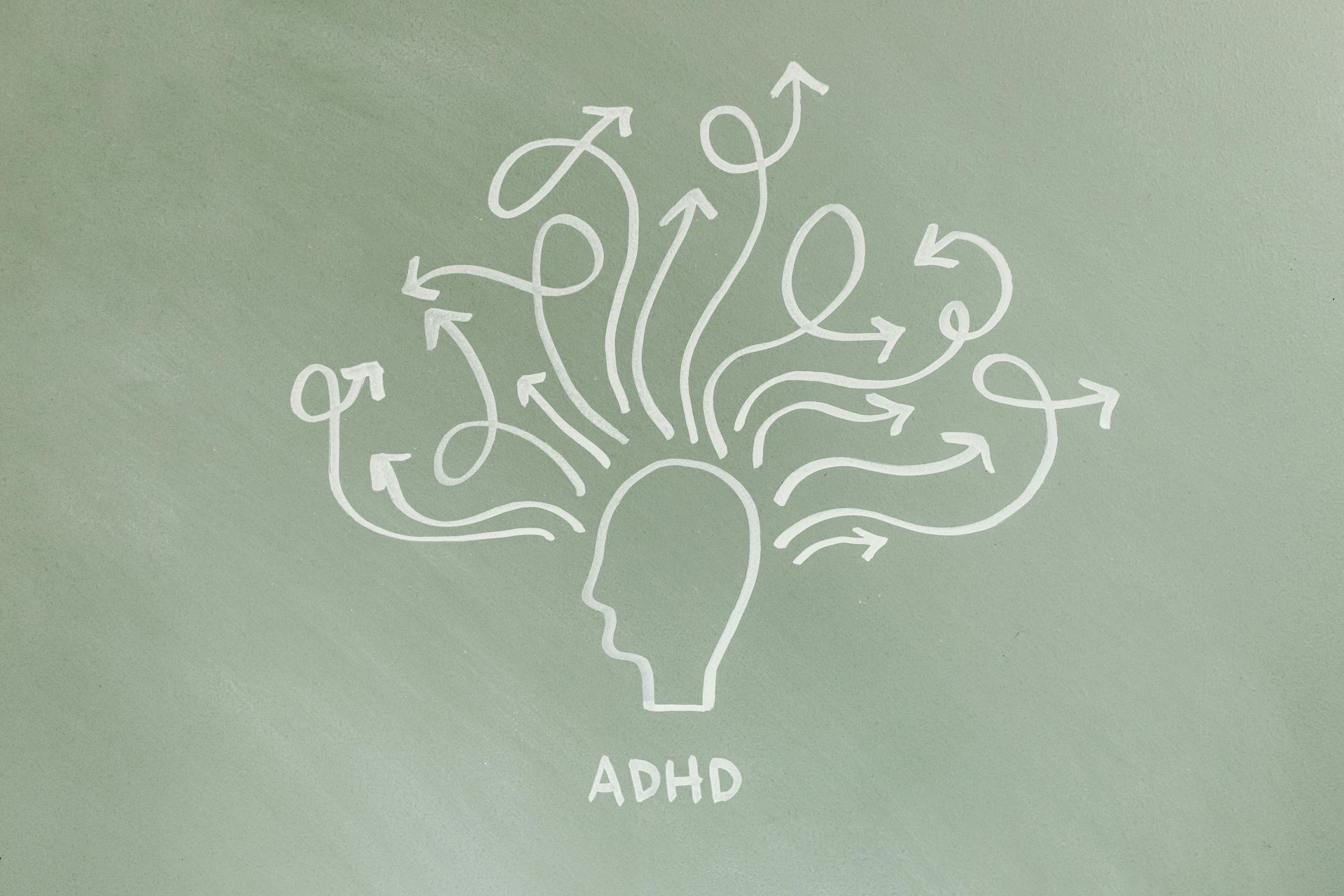Just Breathe
Today, we made an agreement with ourselves! We will take a moment out of our day and allow our bodies to relax. How may you ask? By breathing on purpose!
We often overload our bodies with so many physical and mental matters, it never truly has a chance to just be. You know, time to relieve itself of the clutter that is not supporting it. Breathing can help reduce anxiety, and stress, allow you to focus, and improve sleep. By breathing on purpose, it puts us in the driver's seat of our emotions. We become mindful of what is happening in our bodies and our environment. We also can take an assessment and recover from what has happened or what is going to come.
The world around us is filled with powerful positive energy, and taking time to relax and enjoy that energy can make all the difference. Empowering your brain to keep you focused on tasks and refocus under stress. When you take a good deep breath, you may even get a little stretch and yawn as a reward! Breathing is the most important exercise you can do throughout the day, take a moment to give yourself a chance to enjoy all that it has to offer.
4-7-8 Breathing
With this kind of breathing, you will breathe in for four seconds, hold your breath for seven, and exhale for eight:
1. Find a comfortable, quiet spot where you can sit without interruption.
2. Start with one hand on your heart and one hand on your belly.
3. Take one, deep, slow breath from your belly as you feel your diaphragm slide down.
Count to four as you breathe in.
4. At the top, hold your breath as you count to seven.
5. For eight counts, slowly exhale through your mouth, emptying your lungs completely.
6. Repeat three to five times, or until you feel calmer.
By, Alisha Brown, MBA - Certified BSS, and Jennifer Edge, LCSW















